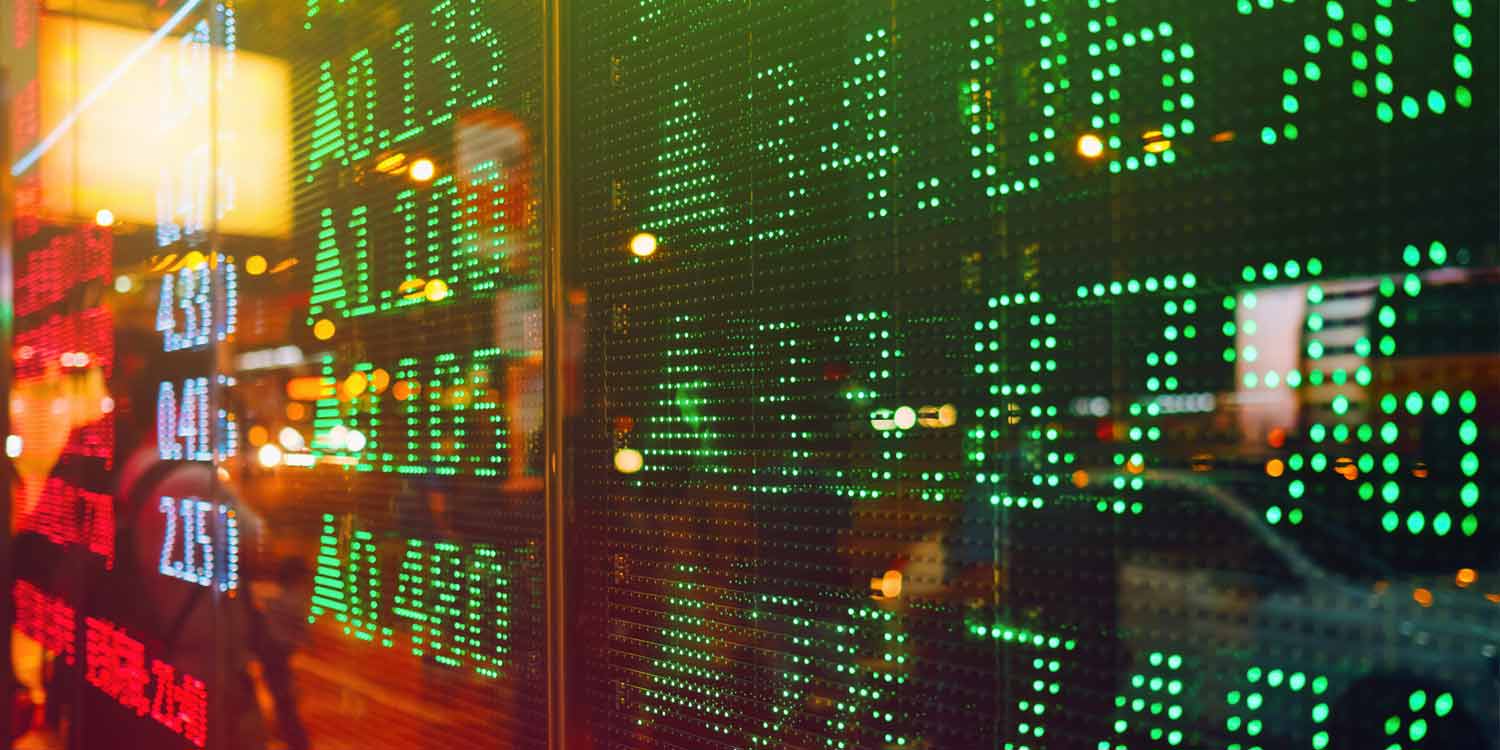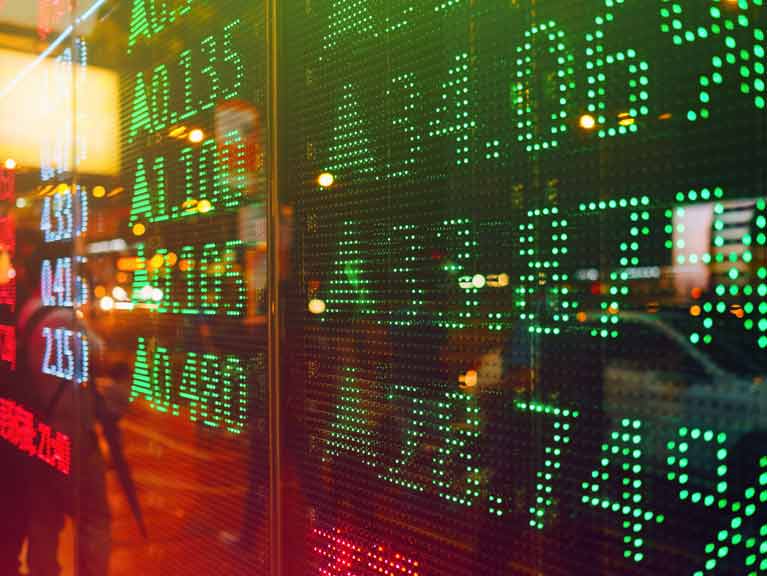Asset classes: Shares
10 Oct 2022 3 min readAn asset class, as you’ll know if you’ve read our article introduction to asset classes, is simply a group of assets that share similar characteristics.
Shares, also known as equities or stocks, are one of these asset classes, and are probably familiar to most people. Even if you don’t think of yourself as an investor, the fact that you have a super account means that you are one. And understanding how your super investments work can only be a good thing.
A share is, in the simplest terms, exactly what it says — it’s a ‘share’ of a publicly listed company. As a shareholder, anyone who owns shares in a particular company will benefit from an increase in the value of that company (capital growth) and any profits it makes; their shares will also lose value if the company loses value.
Shares are bought and sold — traded — on share or stock markets, such as the Australian Stock Exchange (ASX), the Financial Times Stock Exchange (FTSE), the Hang Seng and the Nasdaq. Most investment markets have their own dedicated stock market.
You’ve probably also heard of indices, like the ASX200 index. An index tracks the performance of not one share, but of a representative group of shares, which can be based on a specific market (like the ASX200) or a specific sector like tech (like the S&P/ASX All Technology Index (XTX)), and can be used to benchmark the performance of a portfolio. The ASX200 is made up of the 200 largest stocks listed on the Australian stock exchange at any point in time.
Shares in your super
Shares are generally classified as a growth asset, meaning that they offer both higher potential risk and higher potential return. They tend to be highly influenced by fluctuations in the market.
Within NGS’s portfolio, each investment option has a guide for how much of a particular asset we invest in (asset allocation) — strategic asset allocation (SAA) is how much of that asset we expect to include when the market is stable, while dynamic asset allocation (DAA) shows the possible range, allowing for adjustments according to market conditions.
If you’re in the default option, NGS Super Diversified (MySuper), the SAA for Australian and international shares combined is 50% and the DAA range is 30-80%.
But looking at some of NGS’s specific investment options, you can see that our High Growth investment option has an SAA of almost 60% and can have up to 90% of its assets allocated to shares, while our Defensive option will have no more than 40%.
If you invest in shares yourself, you may receive both dividends (a share in the company’s profits in addition to capital growth) and franking credits (essentially a refund on tax that has already been paid by the company). When you hold shares within your super, your super fund receives the dividends and franking credits on your behalf and distributes them to you accordingly – this is reflected in the unit price for each investment option.


